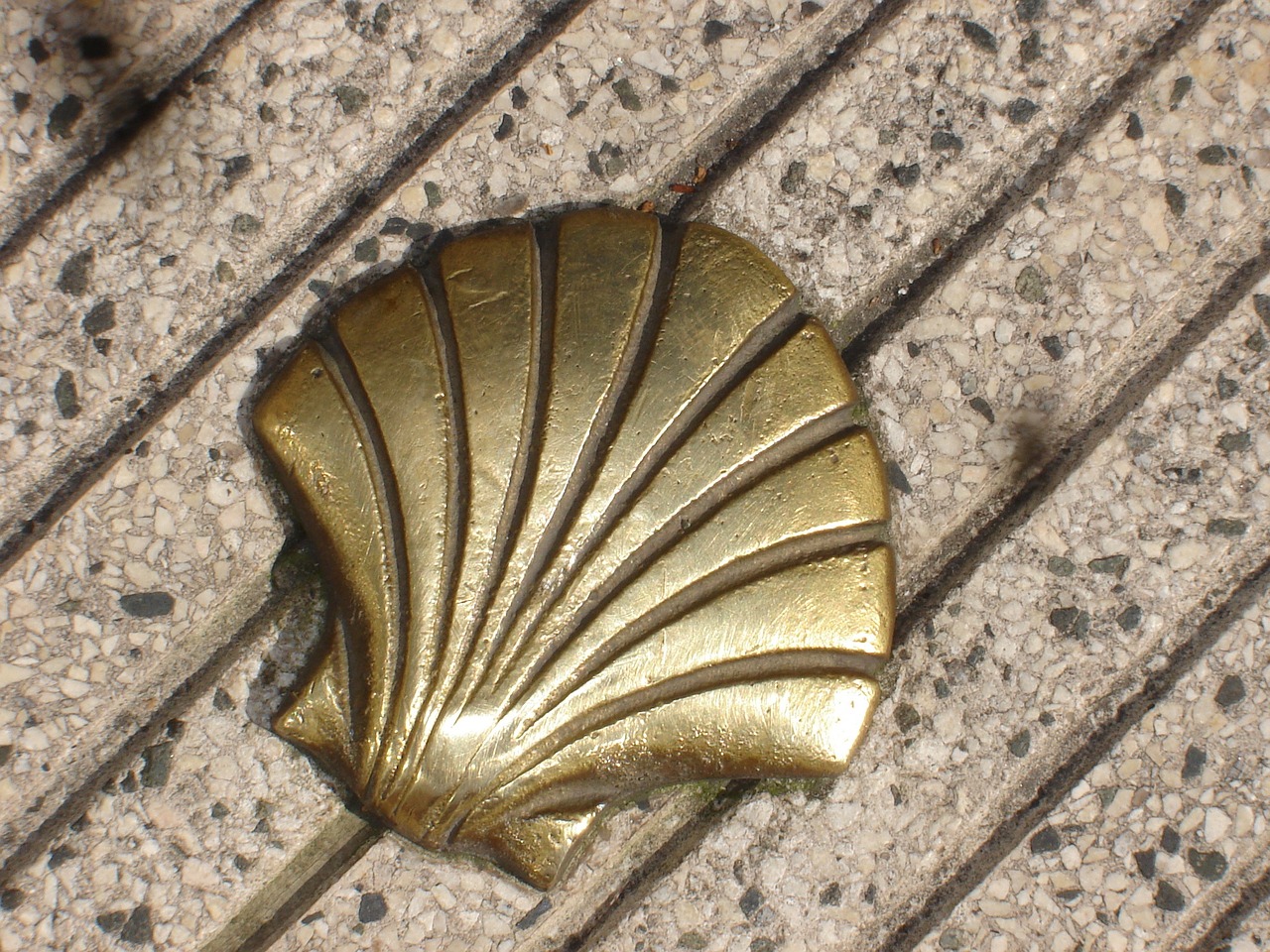The pilgrimage to Santiago de Compostela draws thousands of pilgrims to Galicia, Spain, where the tomb of Saint James, the first martyred apostle, is said to rest. A Belgian association helps prepare pilgrims for the strenuous journey and pilgrims can train on Belgian Santiago routes.
Each year, approximately 350,000 people embark on the pilgrimage, motivated by religious devotion and various personal reasons. The journey is a profound contrast to the fast-paced and materialistic way of life.
Pascal Duchêne, president of the Belgian Association of Friends of Saint-Jacques, recently emphasised the transformative impact of the pilgrimage in an RTBF interview. The association, established in 1986, aids Belgian pilgrims in preparing for the journey by organising information sessions, walks, cycling training trips and meetings with experienced pilgrims.
Helping pilgrims prepare
The pilgrimage to Santiago de Compostela demands meticulous preparation. It presents a considerable challenge, covering nearly 2000 kilometres on foot and typically taking around a hundred days to reach the Cathedral of Compostela. For those unable to undertake the entire journey, Belgium offers a network of a dozen Santiago routes that traverse the country from east to west and north to south, connecting with the Netherlands, Germany and France in the direction of Galicia. These Belgian trails provide a taste of the Camino de Santiago experience and grant access to the region's rich cultural and natural heritage.
One of these routes is the Via Tenera, named after the Dender tree (Tenera in Latin), which follows the river from Dendermonde in Flanders to Marchipont near Valenciennes, where it merges with the French roads. Pascal and his association have meticulously restored and marked this path, highlighting historical landmarks such as churches, hospitals, and street names, allowing pilgrims to explore the beauty of Picardy Wallonia over a 70-kilometre stretch.
Along the way, travellers encounter architectural marvels like the church of Saint-Martin de Deux Acren, the church of Saint-Julien d'Ath, the Basilica of Tongeren-Notre-Dame, the Chapel of the Cavée d'Isières, the hospital Notre-Dame à la Rose de Lessines and the castle of Beloeil des Princes de Ligne, as well as natural wonders such as the boiling fountain of Beloeil and the quarries of Maffle.
Follow the golden scallop road
For those who choose to undertake the ancient pilgrim trail from the Low Countries to Santiago de Compostela, there are gilded scallop shells embedded in the pavement that serve as trail markers, reminding them of the historical significance of this route.

A scallop shell on the path to Santiago de Compostela. Credit: Pixabay
In Brussels, around 50 scallop shells indicate the path that pilgrims followed during the Middle Ages, guiding them past local churches and hostels. The Saint Jacques district, with its Eglise Notre-Dame de Bon Secours dedicated to St. James of Compostella, holds a special connection to the pilgrimage. The trail ultimately leads to the Porte de Hal, where the "Pilgrim" menhir sculpture, created by the Galician artist Manolo Paz, stands as a memorial to pilgrims.
Brussels' streets adorned with golden scallop shells offer a nod to the city's historical ties to the pilgrimage city of Santiago de Compostela in northern Spain. The city installed these shells to guide pilgrims from two churches dedicated to Saint James, the Église Notre Dame de Bon Secours in the Saint James district and Saint-Jaques-sur-Coudenberg near the Royal Palace.
Related News
- Wallonia to protect two cherished natural sites with €5 million budget boost
- From prayer to play: Belgium's new ecclesiastic conversion trend
- Hindus push for recognition as official religion in Belgium
From the Saint James district, two routes lead out of Brussels, one heading to the Collegial Church of Saint Peter and Saint Guidon in Anderlecht and the other to the Halle Gate via the Marolles. The "Pilgrim" sculpture in Halle Gate Park is a tribute to the anonymous pilgrims on their way to Santiago, embodying the enduring spirit of this ancient and sacred journey.

